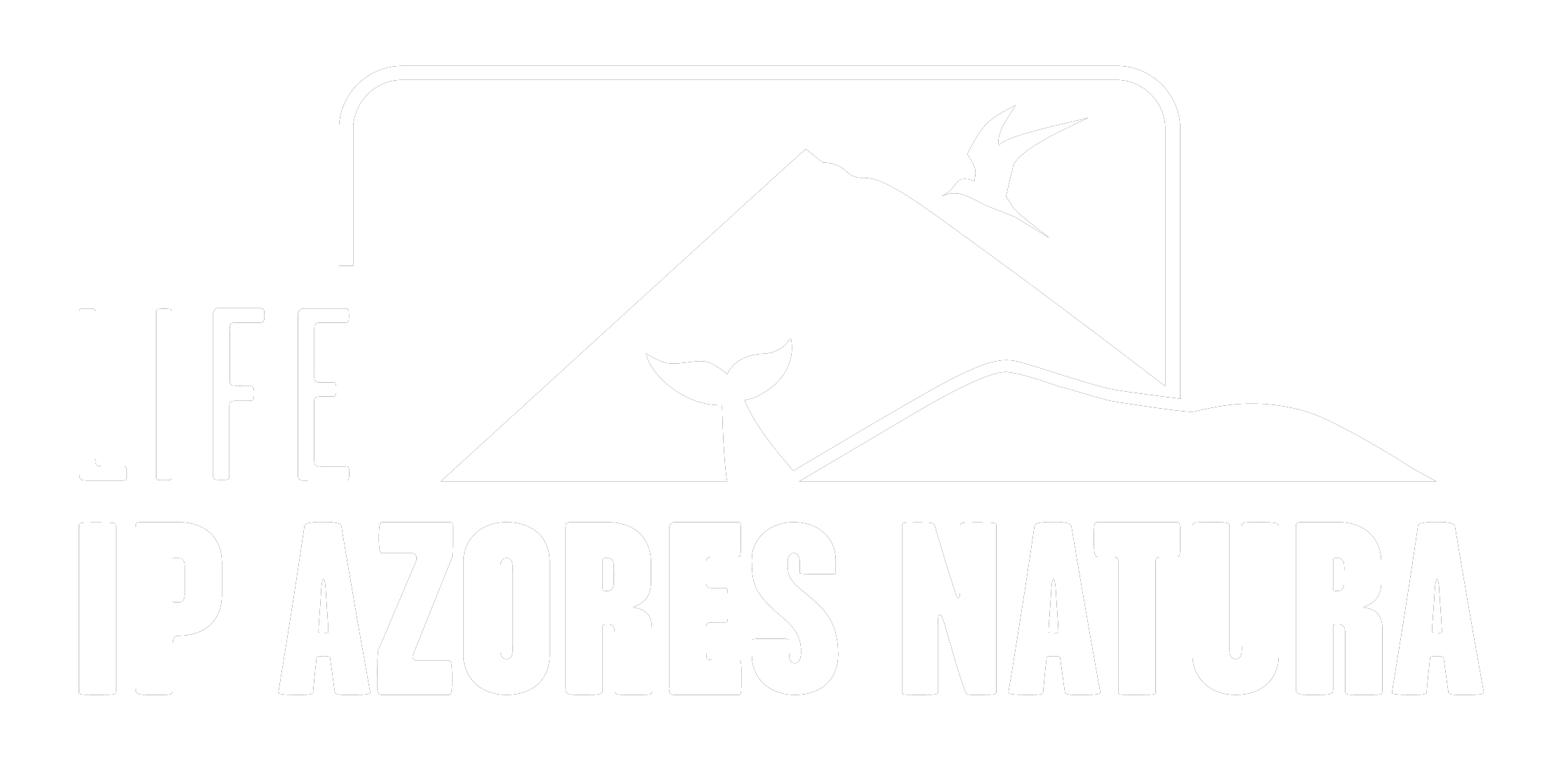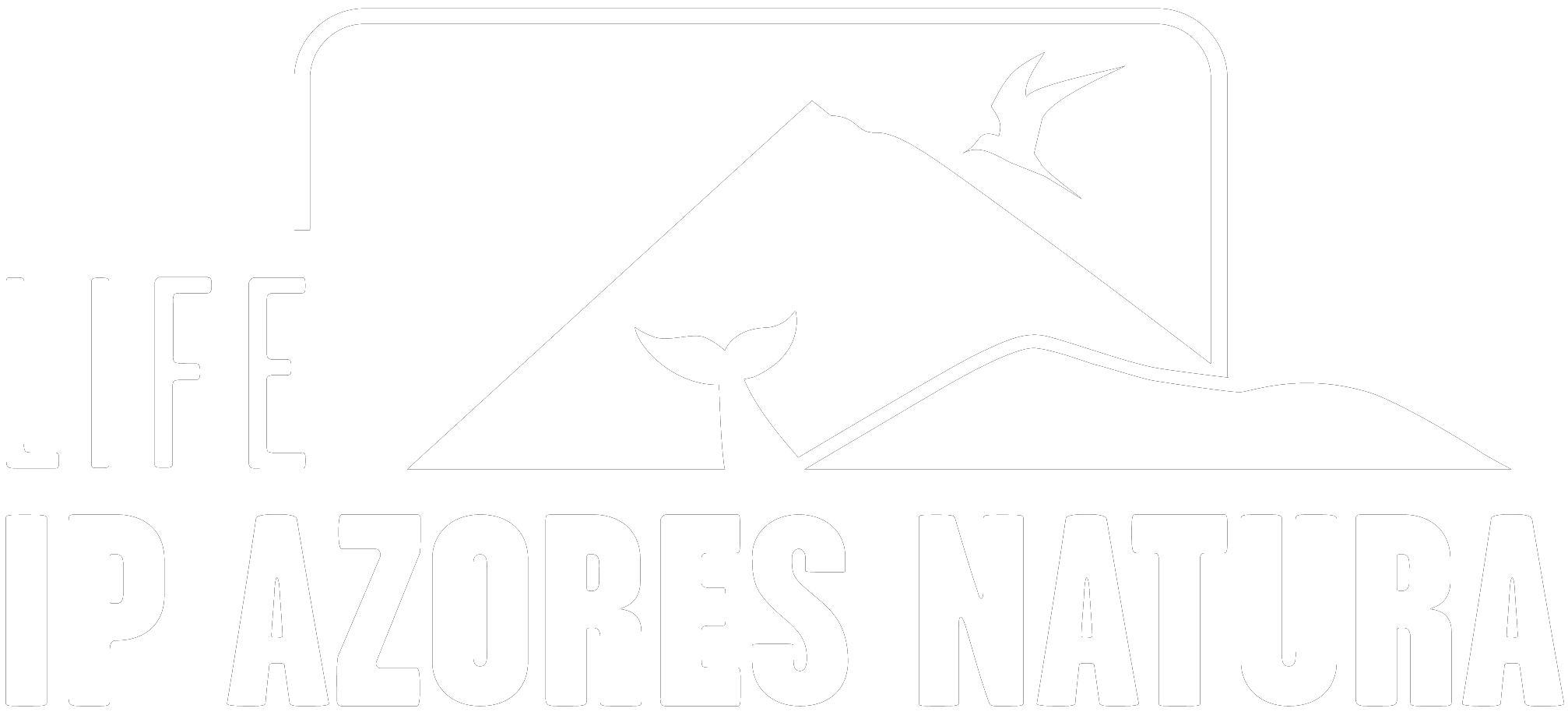Within the scope of the project, a series of awareness-raising works are planned, meeting the objectives of the project and the need to conserve biodiversity among the school public.
Art born from waste!
20/09/2021 - SRAAC
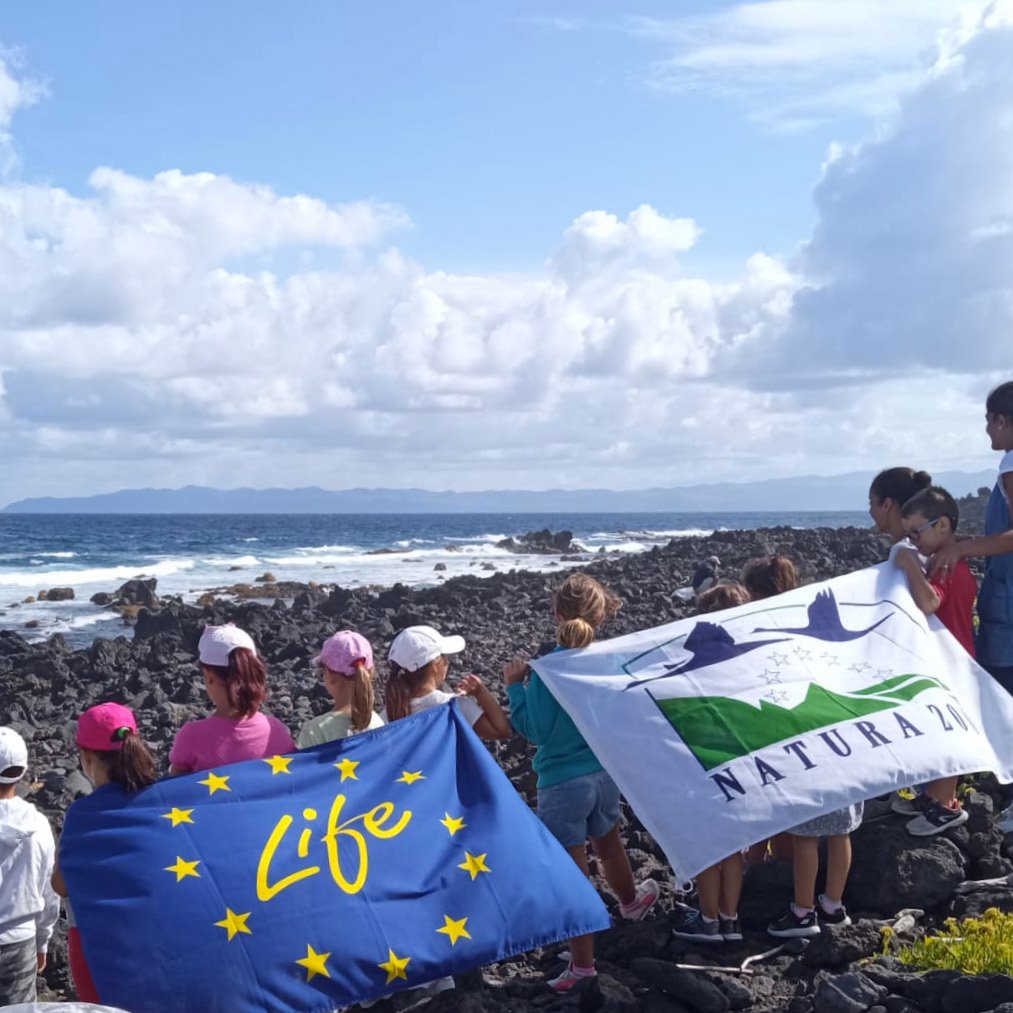
Photography Contest – Let’s photograph invasive species?
31/05/2021 - SRAAC
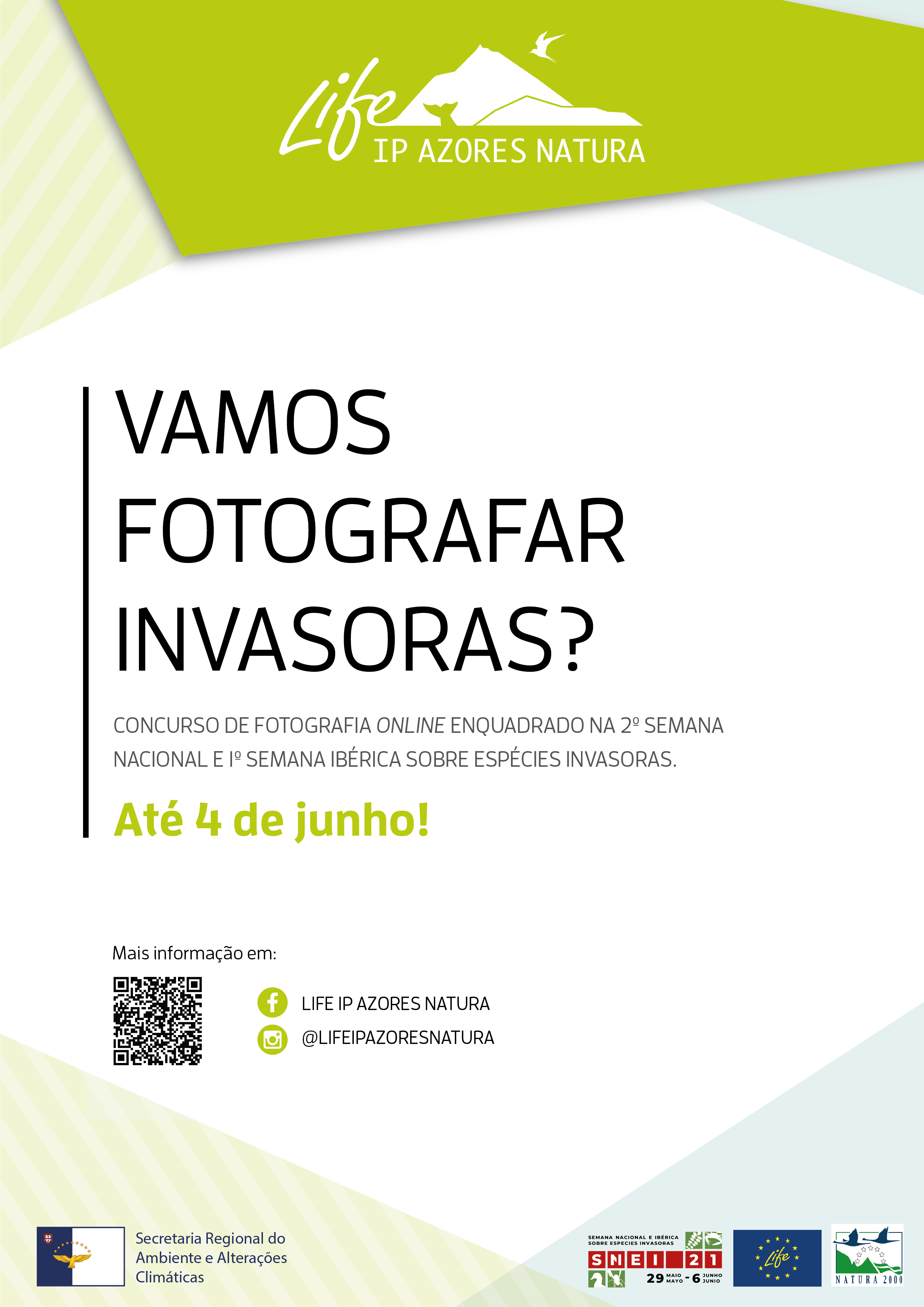
Framed in the 2nd National Week and 1st Iberian Week on Invasive Species, LIFE IP AZORES NATURA joined this initiative and is promoting a photography contest related to the theme. The objective is to encourage the identification of invasive species and improve the general knowledge on this subject. Submit your photo(s) to the e-mail of LIFE IP AZORES NATURA: lifeip.azoresnatura@azores.gov.pt, until 4 June, and your photo may be part of the next exhibition and other educational resources of LIFE IP AZORES NATURA, with due copyright.
Consult our regulation on:
First Iberian Week and Second National Week on Invasive Species 2021
25/05/2021 - SRAAC
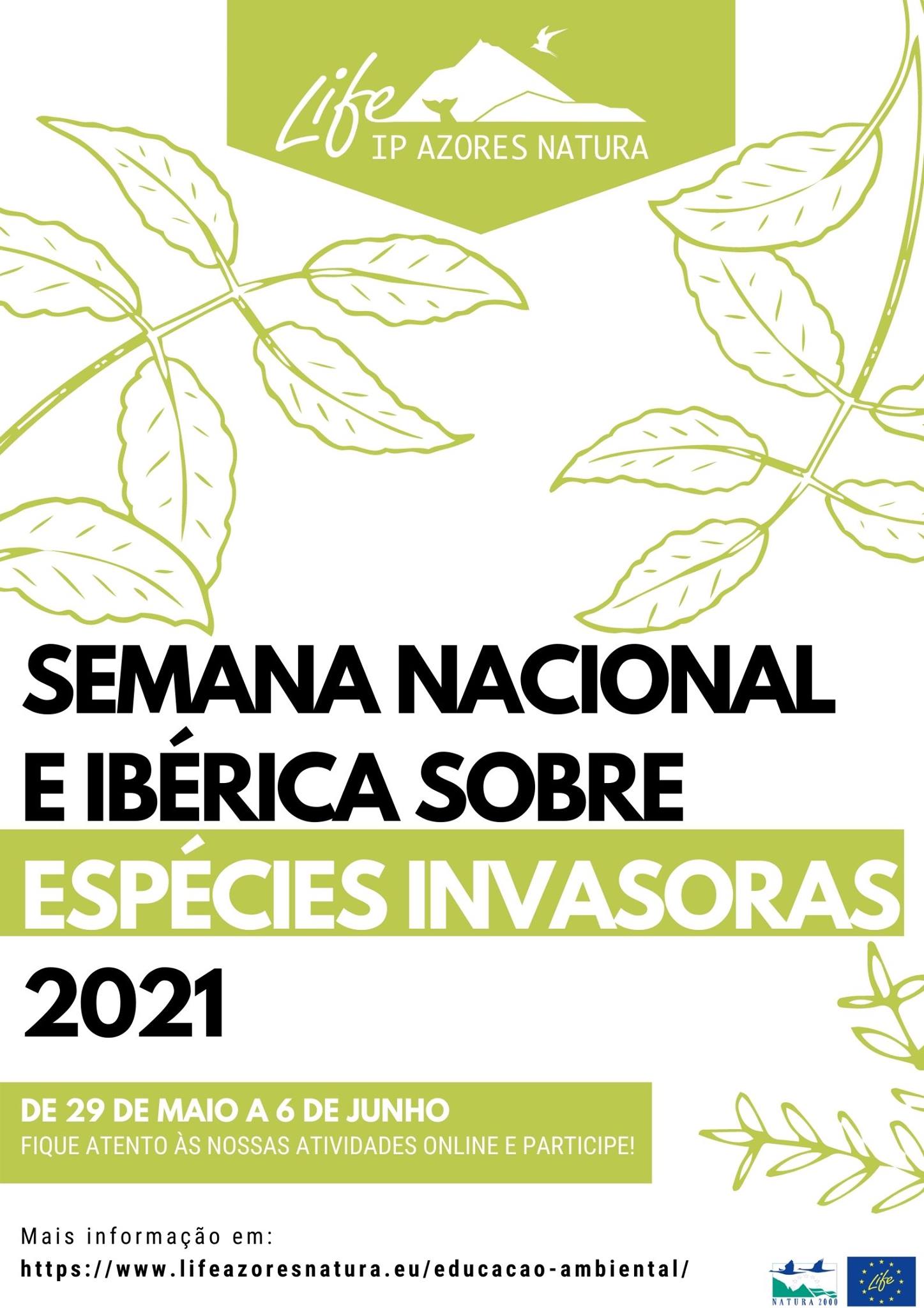
The First National Week on Invasive Species (SNEI) took place in Portugal from 10 to 18 October 2020, with the aim of raising awareness of biological invasions at the national level. In 2021, the recently created Portuguese Network for the Study and Management of Invasive Species, and the LIFE STOP Cortaderia and LIFE INVASAQUA projects, launch a new challenge: we are organizing the 2nd SNEI and 1st Iberian Week on Invasive Species (SIEI), from 29 May the 6th of June.
Thus, and following up on the contribution of LIFE IP AZORES NATURA in the first edition of this type with some activities related to the theme, this year LIFE IP AZORES NATURA participates again in this initiative with a set of online activities due to the restrictions still imposed by the pandemic. In this way, a set of challenges will arise throughout the week for our followers.
Stay tuned and participate in our initiative!
TOP 5 “The rarest endemic species of the Azores” – Part 2
30/04/2021 - SRAAC
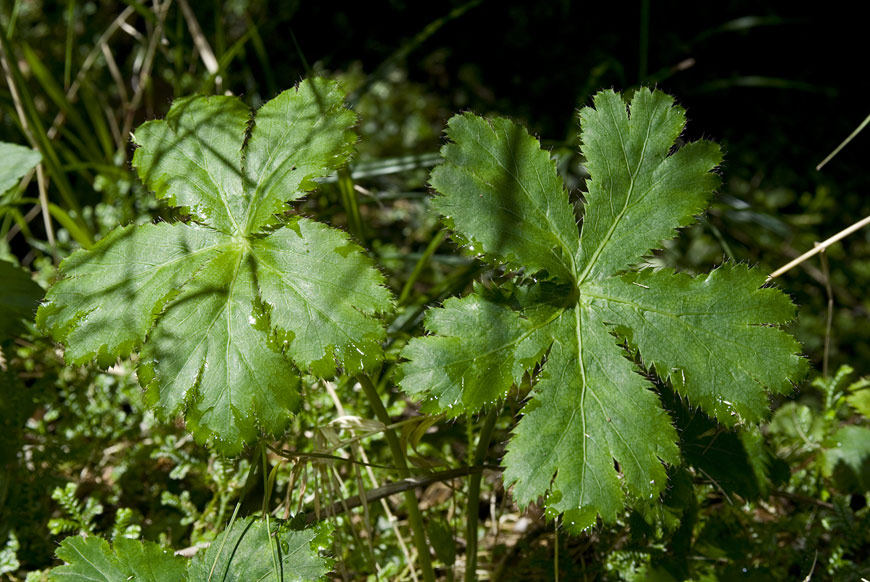
Today, continuing our “TOP 5” article, we will present the second part of the rarest species in the Azores. In fact, there are many rare endemic species in the Azores, so our task was extremely difficult in choosing just a few to be able to represent here, the importance of preserving our natural heritage. We remember you that this “TOP 5”, serves merely to illustrate our responsibility to the conservation of our rare heritage.
Contribution of LIFE IP project to the knowledge of baleen whales
26/04/2021 - SRAAC
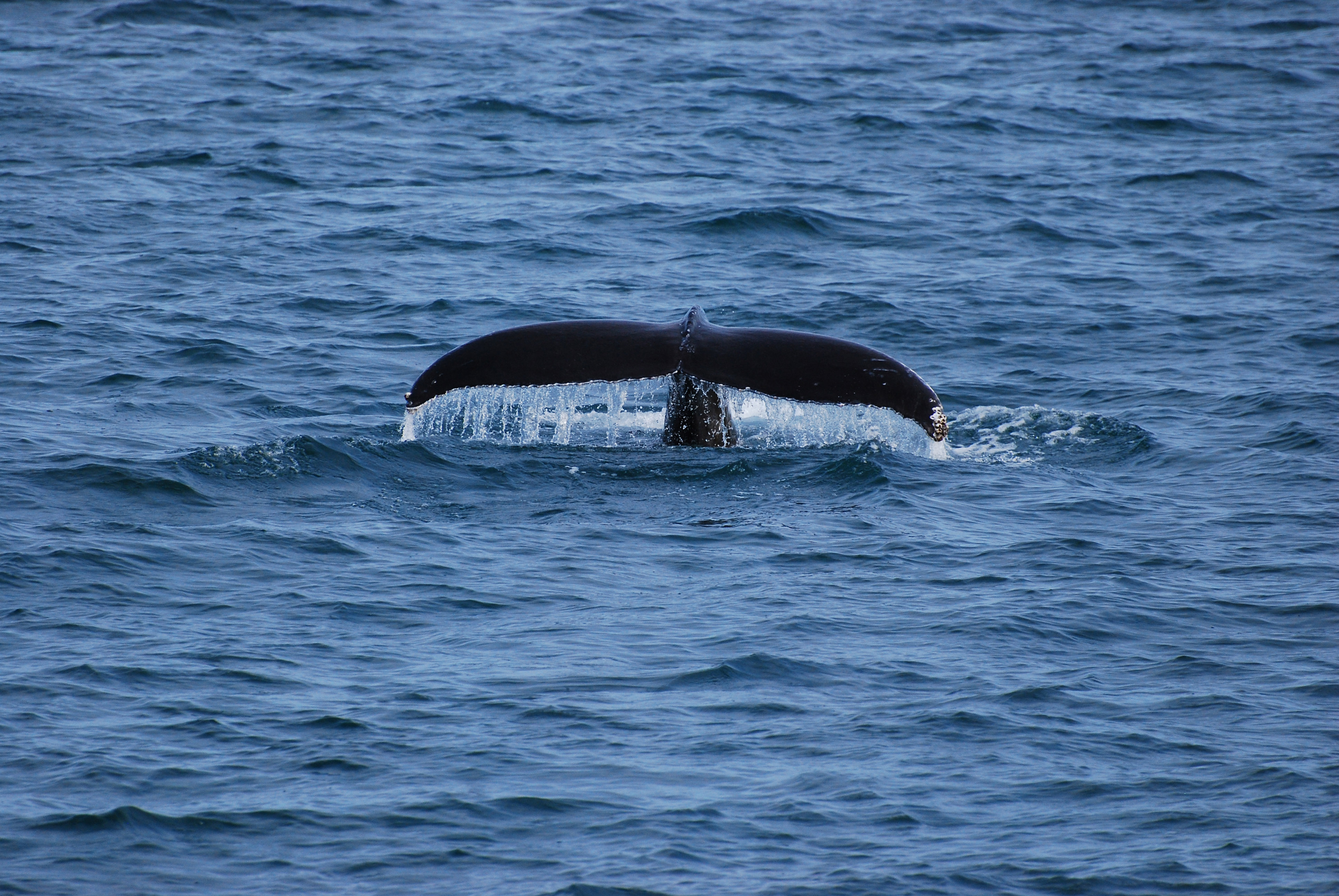
Baleen whales are a common presence in the Azores. Although there is a regular record of the various species that occur in the archipelago, there is still a gap in knowledge about how long these animals remain in our waters, what areas they use preferentially, or what threats they are subject to. The current information we have about these animals collected mainly from whale watching, fishing and research vessels, during spring and summer, which may pose problems with the representativeness of the observations. In any case, the information that is obtained by other means has been increasing, such as acoustic information, which is already available all year around, through specific collectors placed to gather information. LIFE-IP Azores Natura project aims to address these knowledge gaps, through various concrete actions on the ground. The project proposes to register, regularly, the presence of cetaceans from shore of the islands, seeking to study not only the behaviour of animals, but also to identify potential impacts that vessels and marine traffic may have. We also intend to place observers on board of local traffic vessels, throughout the year, in order to register the presence of cetaceans, sea turtles, sea birds and marine litter in areas where there are actually no visual records and out of the usual season. In addition, we look forward to obtain more information from stranding events, within the scope of the Azorean Cetacean Stranding Network (RACA), which are an excellent opportunity to collect samples and data about these animals.
Main pressures and threats to baleen whales
15/04/2021 - SRAAC
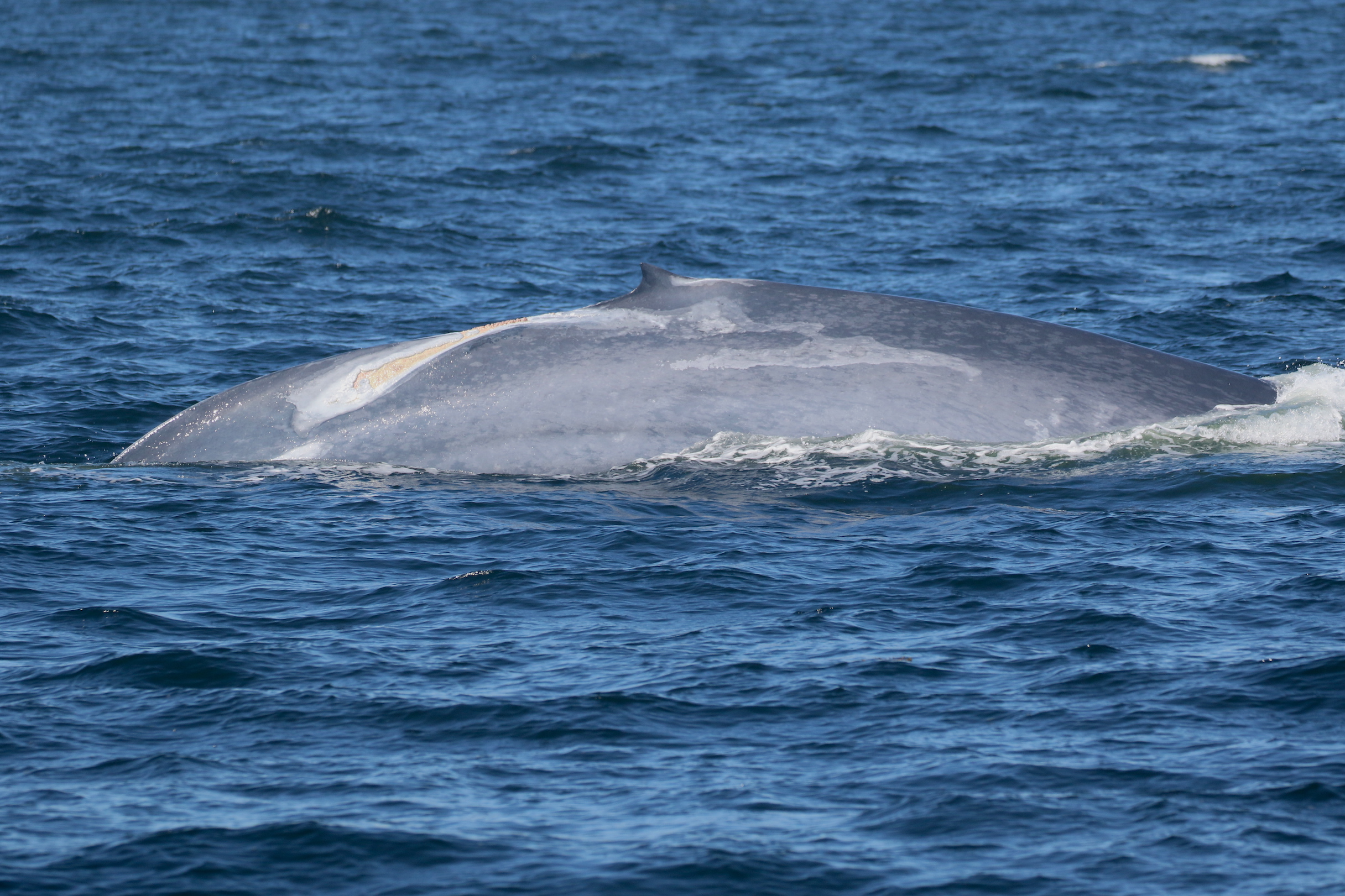
Baleen whales have long suffered from the pressure of anthropogenic activities. In the past, these animals were severely affected by the practice of whaling, a very important economic activity between the 16th and mid 20th centuries. In the Azores, this economic activity also existed, targeting sperm whales, not baleen whales. It is thought that in certain places, due to this practice, some species have seen their populations reduced to nearly extinction, having survived only 1% of the worldwide population, for example in the case of blue whales. Fortunately, due to a global conservation effort on the part of non-governmental, governmental entities and the scientific communities, it was possible to promote a gradual recovery of these populations, despite the fact that they continue to be under pressure from various human activities.
The most important threat to baleen whales is the collision with vessels, which is recognised as the main cause of death nowadays. During the breeding season, in feeding grounds, or along seasonal migration routes, the risk of collision with vessels is high, and increases in areas with high maritime traffic densities.
Other pressures to which these whales are subjected are entanglement in fishing gear, ingestion of marine litter, noise, pollution, harassment by maritime-touristic activity, and in the medium-to-long term, climate change. Although all these threats occur in the Azores, their current level of risk is still unknown. For this reason, the LIFE-IP Azores Natura project seeks to increase knowledge about the threat levels to which these individuals are subject, in order to mitigate the adoption of specific measures to improve their conservation status.
Photo credits: Richard Sears
Baleen whales in the Azores archipelago
08/04/2021 - SRAAC

Baleen whales are cetaceans that belong to the suborder Mysticeti, designation due to the presence of keratin plates on their upper jaw, called baleen plates, hence the generic name baleen whales because unlike sperm whales (Physeter macrocephalus), these whales lack teeth. Depending on the species, each individual has between one hundred and fifty to three hundred and fifty pairs of baleen plates; these plates range in colour from black or dark-brown to yellow or white; and their size varies between thirty centimeters on grey whales (Eschrichtius robustus) to four meters long on bowhead whales (Balaena mysticetus). Another feature that distinguishes these whales from the other cetaceans is the fact that they have a double blowhole (breathing cavity) on the top of their heads.
Some of the species belonging to this group are the largest animals known to date to have ever existed. They range in size from the smallest pygmy right whale (Caperea marginata) six metres long and three tonnes of weight to the largest, thirty metres long and one hundred and ninety tonnes, blue whale (Balaenoptera musculus). They usually exhibit sexual dimorphism, with females reaching larger lengths than males. Baleen whales use their baleen plates to filter out food from the water, mostly zooplankton (including krill) and small species of fish.
In the northern hemisphere, the reproduction of baleen whales usually takes place during winter months, with births occurring a year later. The time that calves remain with their mother varies between a few months up to 1-5 years. During spring, they migrate long distances between their mating grounds, in warm tropical and sub-tropical areas, and their feeding grounds in cold polar waters. It is during their migration that they usually occur in the Azores, where they are frequently sighted between March and June. Therefore, this is the best time of the year to observe these animals in our waters. Of the sixteen recognised species of baleen whales worldwide, seven have been reported in the Azores, and the most frequently sighted are fin whales (Balaenoptera physalus), Sei whales (Balaenoptera borealis) and blue whales. Although humpback whales (Megaptera novaeangliae) and Bryde’s whales (Balaenoptera edeni) are occurring regularly as well.
The social structure of these animals is poorly understood, with some species forming small groups, and some usually solitary. Yet, some individual can form temporary associations in areas where there is a great abundance of food, or during their migrations.
Sperm Whale, an emblematic marine mammal of the Azores
04/03/2021 - SRAAC
Around the Azorean waters, Sperm Whales (Physeter macrocephalus) can be observed all year around, becoming an emblematic species that have strongly influenced the local culture. Females have generally, smaller dimensions than males, measuring between ten and twelve meters in length and weighing between thirteen and twenty tons, while male specimens can reach lengths of up to sixteen meters in the North Atlantic. The average length of males in the global population is eighteen meters with a maximum record of twenty meters, although there are no such size records in the Azores. In the northern hemisphere, the reproductive season is mostly during the summer months, with births occurring between summer and autumn. The species feeds at great depths and, at Azorean latitudes, their diet consists mostly of squids and octopus. Even so, males are known to be less selective in their diet. The social structure of Sperm Whales is complex and males that have reach sexual maturity can be breeders. The mating strategy can vary according to the social maturity and the size of the individuals. In the Azores, all the population segments can be spotted, including matriarchal groups of female and calves, groups of males and the big solitary males.
Photos: DOP/Azores University
TOP 5 “The rarest endemic species of the Azores” – Part 1
26/02/2021 - SRAAC
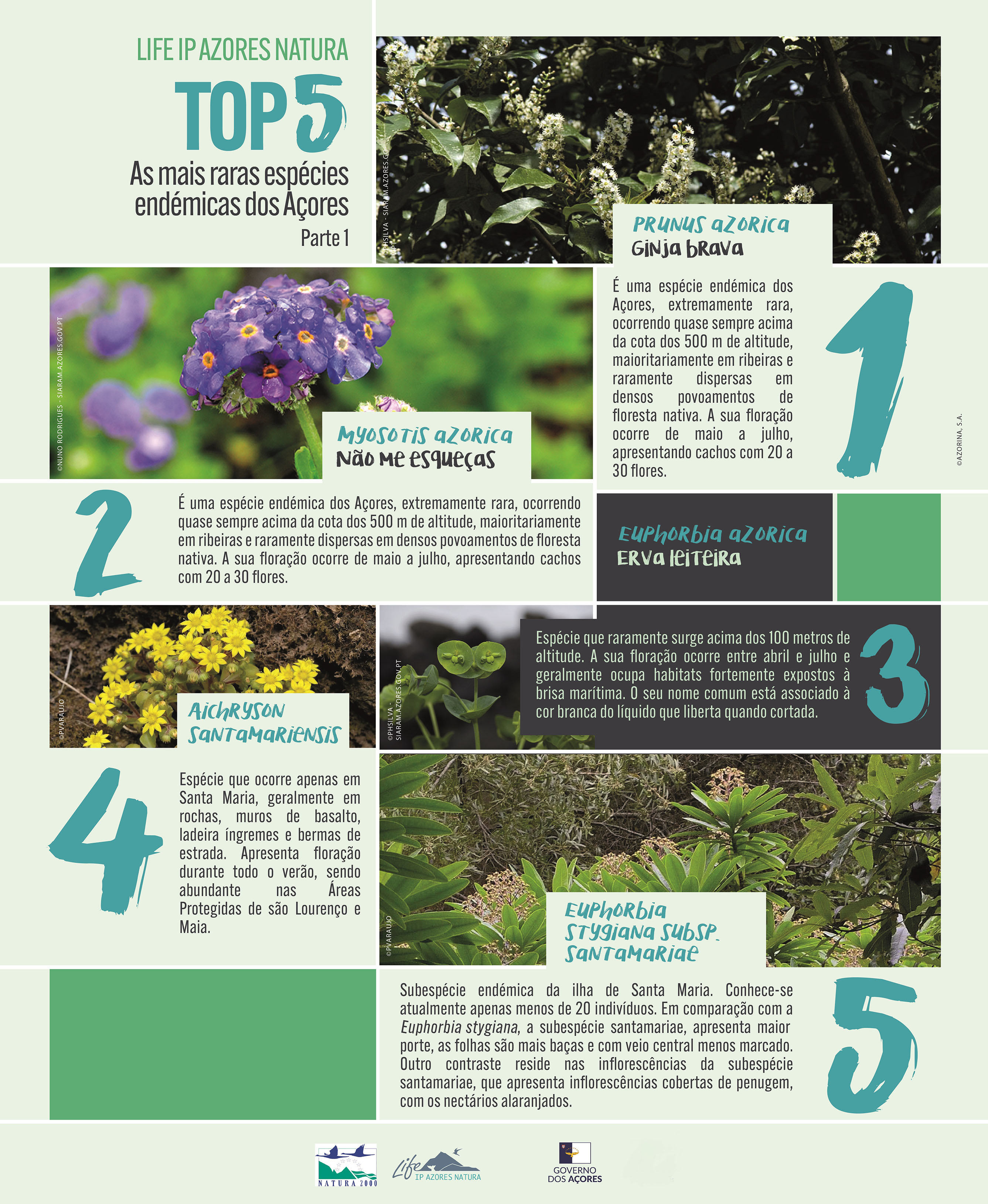
An endemic species is one that can only be found in a specific place. Endemism is usually caused by a physical, climatic and biological barrier that effectively delimits the distribution of a species or causes the separation from the original group. In the Azores, there are many endemic species, because of the fact that the islands are in the middle of the Atlantic Ocean, far away from the main land, which means that this region is the perfect hotspot for biodiversity and endemic species. The list that we present below is a sample of the rarest endemic species of the Azores. This is no ordinary Top 5, because, in the Azores, most of the endemic species are rare, this TOP 5 will be presented in two parts. What follows is the TOP 5 of the rarest endemic species of the Azores – Part 1.
Do your own mask with the LIFE IP AZORES NATURA
12/02/2021 - SRAAC
Download your mask here to color and cut:
